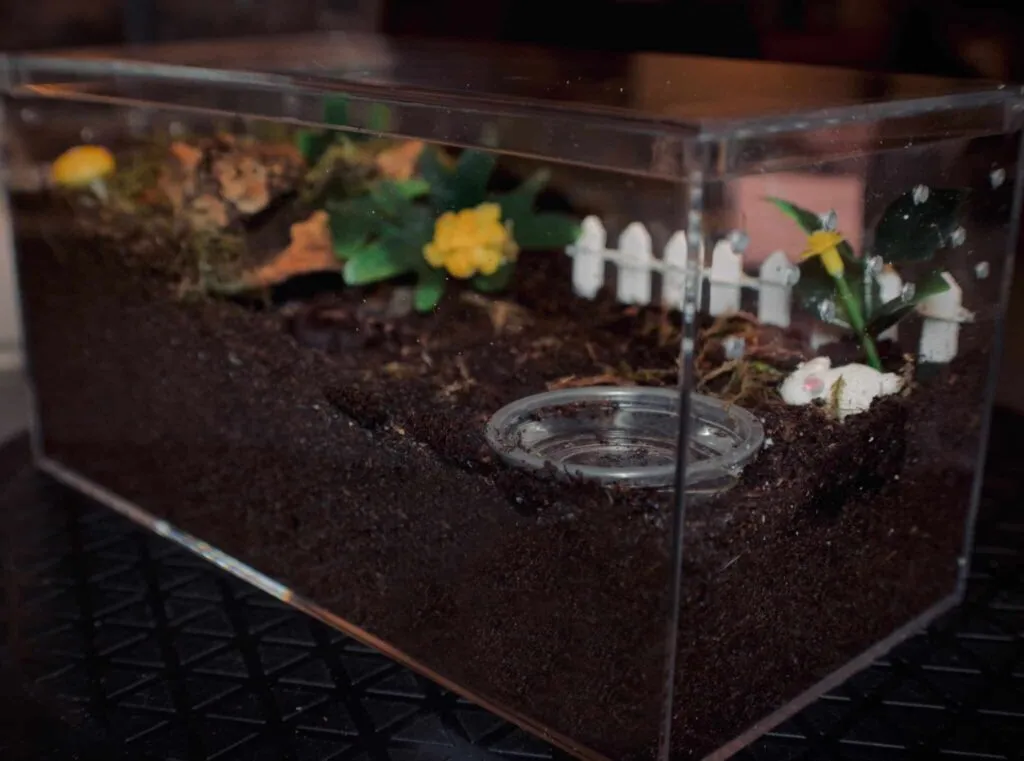The Importance of Tarantula Enclosure Temperature
Maintaining the correct tarantula enclosure temperature is absolutely critical for the health, well-being, and longevity of your eight-legged pet. Unlike humans and other warm-blooded animals, tarantulas are ectotherms, meaning they rely on external sources to regulate their body temperature. Their metabolic processes, activity levels, and overall health are directly influenced by the temperature of their environment. Failing to provide an appropriate temperature range can lead to a host of problems, including slowed growth, molting issues, decreased appetite, and even premature death. Understanding and controlling the temperature within your tarantula’s enclosure is, therefore, a fundamental aspect of responsible tarantula care, ensuring your pet thrives.
Why Temperature Matters for Tarantulas
The internal workings of a tarantula are intricately tied to the temperature surrounding them. A tarantula’s body temperature dictates how efficiently it can function, and this has far-reaching consequences for the spider’s life. The ideal temperature provides an environment where their digestive enzymes work effectively, allowing them to process food and absorb nutrients. When the temperature is too low, these metabolic processes slow down, and the tarantula may become sluggish, stop eating, and become more vulnerable to illness. Conversely, excessively high temperatures can accelerate metabolism to a point where it puts undue stress on the tarantula’s system, potentially leading to dehydration and other health complications. The importance of maintaining this balance is not to be underestimated.
Impact on Metabolism and Activity
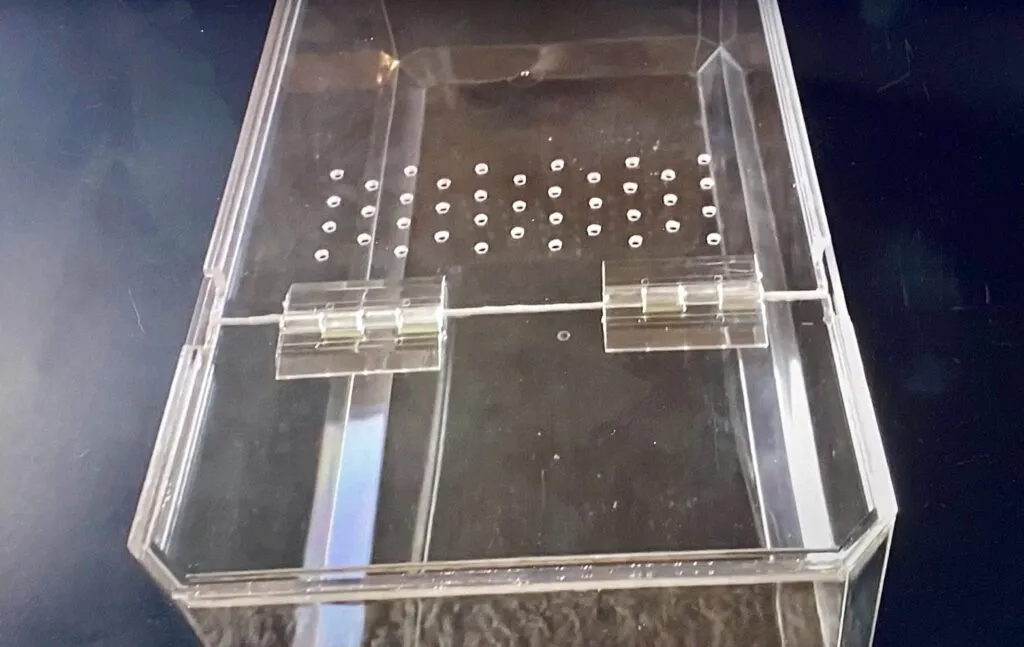
Temperature directly impacts a tarantula’s metabolism and level of activity. Warmer temperatures generally speed up the metabolic rate, meaning the tarantula will be more active, have a greater appetite, and digest food more quickly. This is why you might notice your tarantula becoming more active and responsive to stimuli when the temperature is within the optimal range. However, this relationship isn’t linear; if temperatures are consistently high, the increased metabolic rate can lead to premature aging and a shorter lifespan. It is also critical to bear in mind that a tarantula’s activity level isn’t only dictated by temperature, but is also linked to its species, age, and overall health. The aim is to maintain a temperature range that fosters a healthy, active, and long-lived tarantula.
Influence on Molting and Growth
Molting is a crucial process for tarantulas, enabling them to grow and replace their exoskeleton. The temperature in the enclosure has a significant impact on this process. Correct temperature is essential for a successful molt. If the temperature is too low, the tarantula may struggle to molt properly, leading to the potential for a failed molt, which can be fatal. A tarantula will often stop eating and become lethargic a few weeks before a molt. Maintaining a stable and appropriate temperature helps to facilitate this process, making it easier for the tarantula to shed its old exoskeleton and grow into its new one. A warm environment will speed up this molting process whereas too low temperatures can interfere with molting.
Top 5 Facts about Tarantula Enclosure Temperature
Here are the top 5 facts about maintaining the correct tarantula enclosure temperature, which will help you understand the essentials of proper tarantula care. From ideal temperature ranges to species-specific needs, understanding these key points will help you to ensure your tarantula thrives in a healthy, comfortable environment.
Ideal Temperature Range
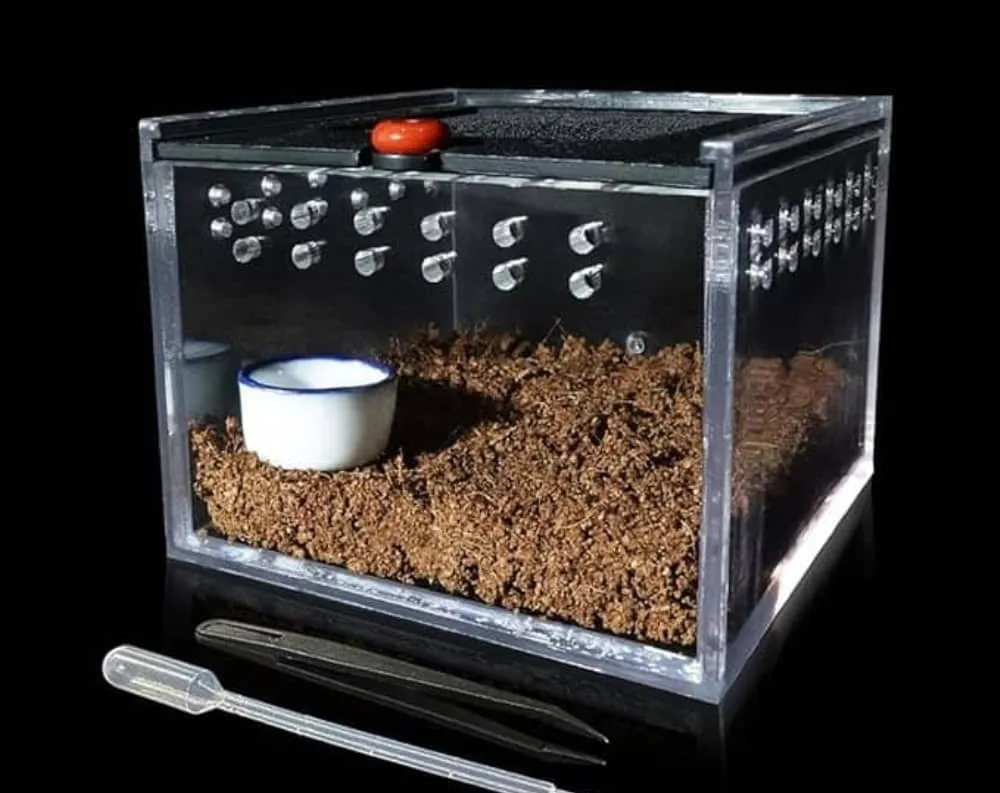
Most tarantula species thrive within a temperature range of 75-85°F (24-29°C). However, the specific ideal temperature can vary slightly depending on the species and its natural habitat. Tropical species, for instance, might prefer the higher end of this range. It’s important to research the specific temperature requirements for the species you own. A consistent temperature is more important than achieving a precise number. Avoid drastic fluctuations, as these can stress your tarantula. Always aim to maintain a stable environment to help your tarantula thrive. If your home’s ambient temperature is consistently within this range, you may not need additional heating, but it is always best to monitor the enclosure temperature to ensure it is correct.
Temperature Recommendations by Species
Different tarantula species originate from various climates around the world, and, therefore, they have varying temperature preferences. For example, species from tropical rainforests, like the Greenbottle Blue (Chromatopelma cyaneopubescens), generally require warmer temperatures closer to 80-85°F. Desert species, such as the Arizona Blonde (Aphonopelma chalcodes), may tolerate slightly lower temperatures, but still benefit from the standard range. Researching the specific temperature needs of your tarantula species is essential. Always consult reputable care guides for the species you have to ensure you’re providing the optimal environment for its survival. Use this information to adjust your enclosure setup and maintain the health of your spider.
How to Measure Temperature
Accurately measuring the temperature inside your tarantula’s enclosure is paramount. This will help you to monitor and manage the environment to ensure it is within a safe and appropriate range. Regularly checking the temperature will also allow you to detect any issues with your heating system. Remember that the temperature at the bottom of the enclosure might differ from the temperature near the top, especially if you’re using a heat source like a heat lamp. Place the thermometer at the level of the tarantula’s typical activity to get an accurate reading of its actual environment.
Best Thermometers
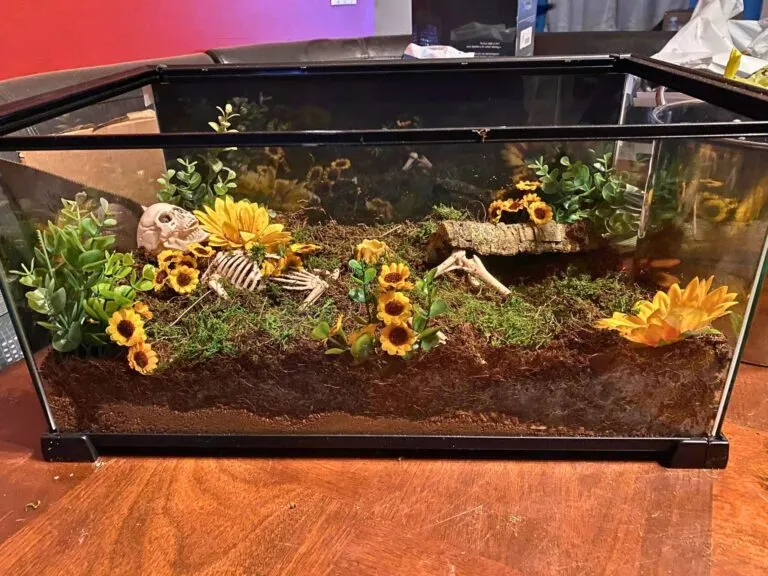
Several types of thermometers are suitable for monitoring the temperature in a tarantula enclosure. Digital thermometers with probes are a popular choice because they are easy to read and provide accurate temperature readings. Place the probe inside the enclosure at the tarantula’s level of activity, away from any heat sources. Analog thermometers are also an option, though they might be less precise. Avoid mercury thermometers due to the potential safety hazards. It’s a good idea to have a second thermometer to compare readings, ensuring the accuracy of your primary device. Choosing a reliable thermometer helps you avoid any temperature issues.
Maintaining the Right Temperature
Maintaining the correct temperature is about using suitable heating methods and controlling other environmental factors. To do this effectively, understanding the various heating options available and how they interact with the enclosure’s overall environment is essential. These strategies ensure that your tarantula thrives in an environment that closely mimics its natural habitat, contributing to its health and well-being.
Heating Options
Several methods can be used to heat a tarantula enclosure, with the choice depending on the size of the enclosure, the species of tarantula, and your home’s ambient temperature. The goal is to provide a gentle, consistent heat source without creating hot spots or drying out the enclosure excessively. It’s important to monitor the temperature closely, regardless of the method you choose. The best choice often comes down to the individual needs of the tarantula and your setup. The primary options are heat lamps and heat mats, each with advantages and disadvantages.
Heat Lamps
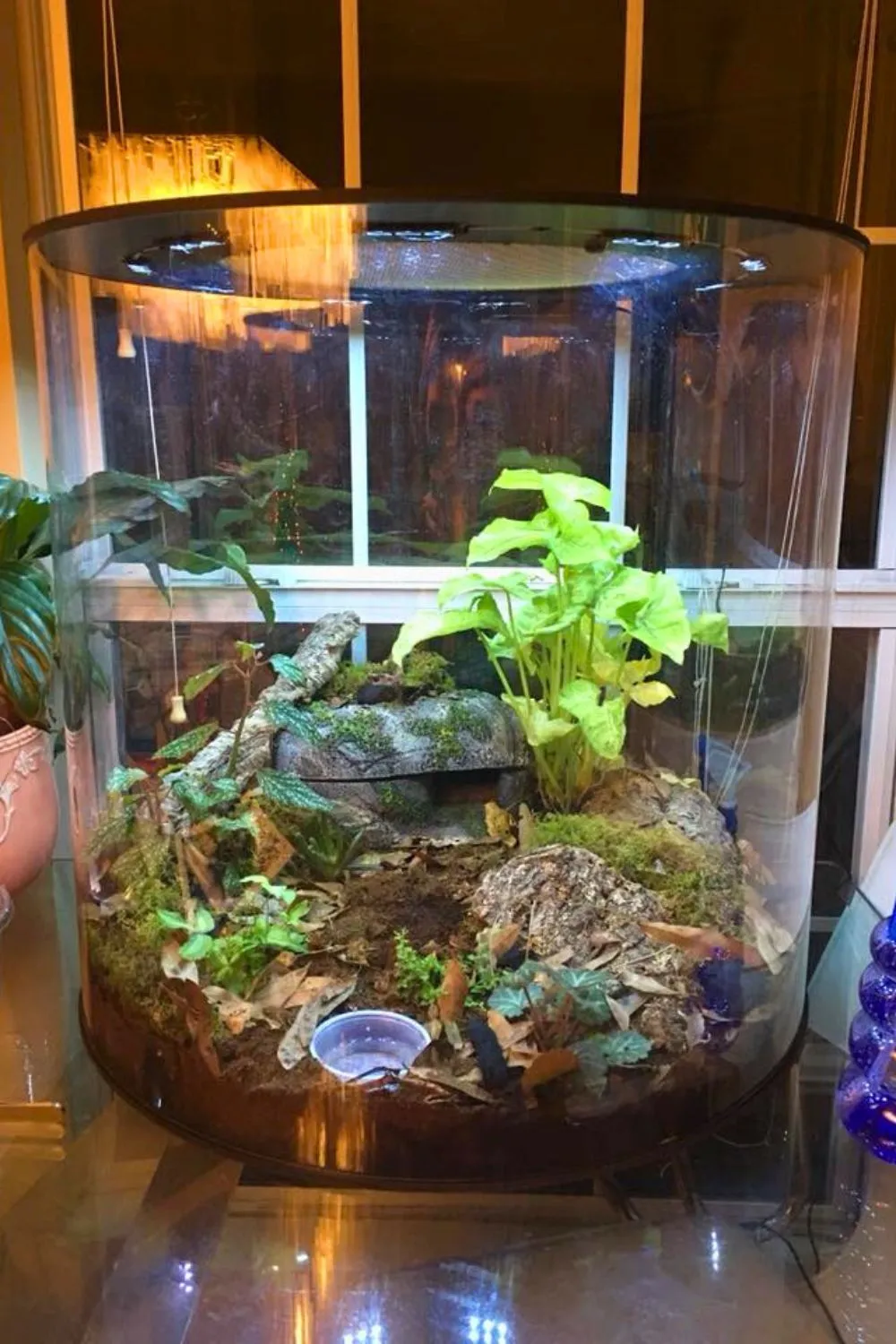
Heat lamps are a viable option for heating tarantula enclosures, especially for larger setups or when the ambient room temperature is consistently low. When using a heat lamp, it’s essential to select the right wattage to avoid overheating the enclosure. Place the lamp above the enclosure, ensuring it is a safe distance away to prevent the tarantula from coming into direct contact with it. Direct contact can cause burns. Monitor the temperature carefully with a reliable thermometer, ensuring the heat is distributed evenly and the temperature is within the desired range. Heat lamps can also lower humidity, so monitoring and maintaining appropriate humidity levels is also important. Make sure the lamp is safely secured.
Heat Mats
Heat mats are a popular choice for heating tarantula enclosures because they provide a gentle, consistent heat source. Place the heat mat on the side or the back of the enclosure, rather than the bottom, to prevent the tarantula from getting too close to the heat source. Always use a thermostat with a heat mat to regulate the temperature and prevent overheating. The heat mat should cover only part of the enclosure to allow the tarantula to move to a cooler area if needed. Heat mats are especially useful in smaller enclosures or when spot heating is required. Ensure the heat mat is specifically designed for reptile or arachnid use.
Maintaining Humidity
While temperature is crucial, don’t overlook the importance of humidity in a tarantula’s enclosure. Humidity levels work with temperature, with each having its own impact on the tarantula’s health. High temperatures can quickly dry out the enclosure, especially when combined with heat sources. The specific humidity requirements will vary based on the species. Generally, a humidity level of 60-80% is appropriate for many species. Regular misting, the use of a water dish, and substrate selection contribute to maintaining the appropriate humidity levels. Monitor the humidity using a hygrometer and adjust your methods accordingly. Maintaining the correct humidity level is crucial for your tarantula’s health and for facilitating successful molting.
Troubleshooting Temperature Issues
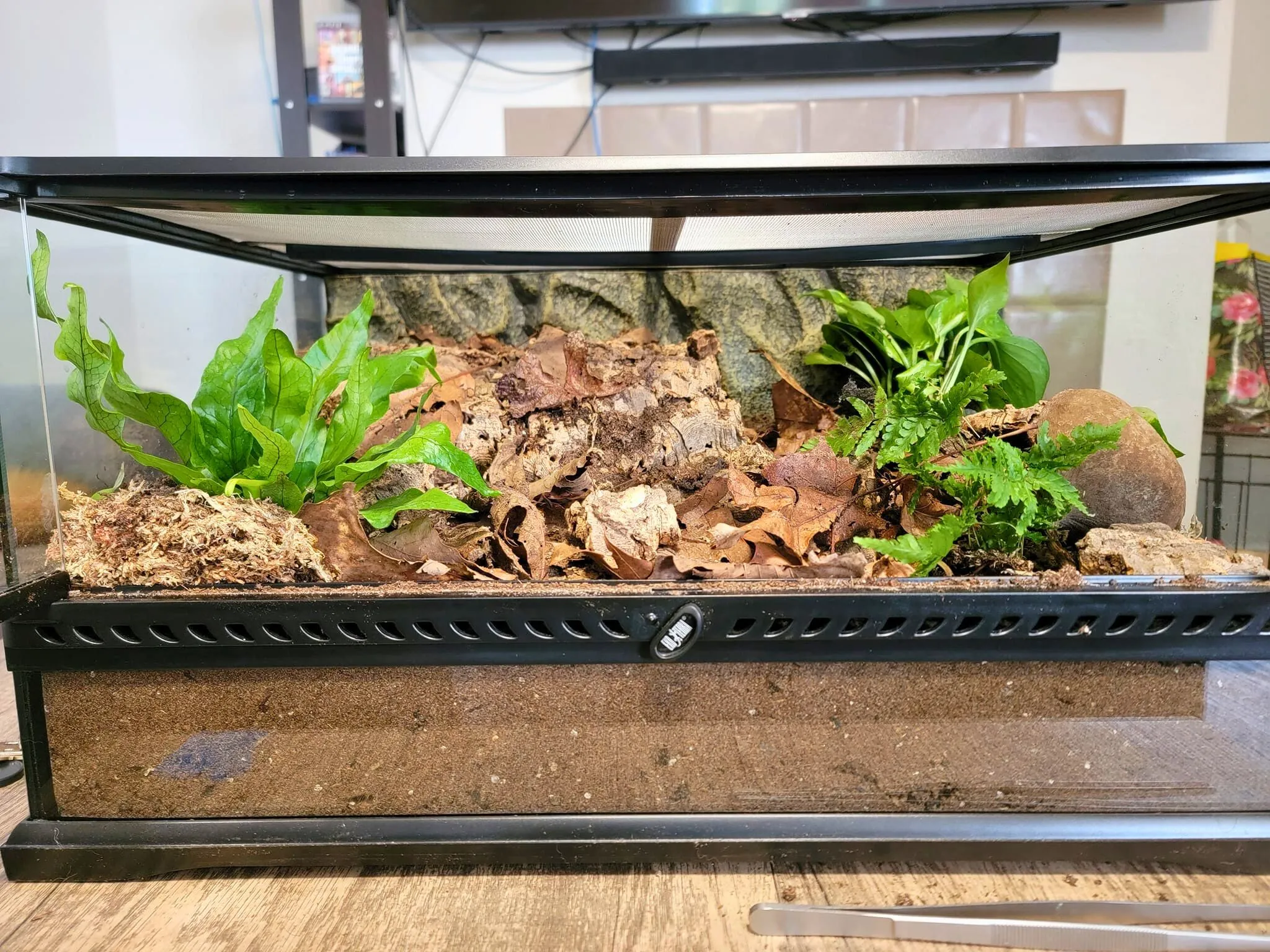
Despite your best efforts, temperature problems can occur, and knowing how to identify and address them is crucial. Rapid or prolonged temperature fluctuations can stress your tarantula and lead to health issues. Understanding potential problems, like overheating, cold temperatures, and signs of temperature stress, will allow you to ensure your tarantula’s health.
Overheating Problems
Overheating can be a serious threat to tarantulas. Temperatures above 90°F (32°C) can quickly become dangerous and potentially fatal. If you suspect overheating, immediately turn off the heat source and move the enclosure to a cooler area. Ensure adequate ventilation by opening the enclosure’s lid slightly. Monitor your tarantula closely for signs of stress, such as lethargy, lack of appetite, or unusual positioning. High temperatures can lead to dehydration, so ensure a water dish is available and consider misting the enclosure. Check all heating equipment and thermostats to ensure everything is working correctly and that your tarantula is safe from a future event.
Cold Temperatures
Cold temperatures are as dangerous as overheating for tarantulas. Temperatures below 70°F (21°C) can slow down the tarantula’s metabolism, decrease appetite, and make it more susceptible to illness. If the enclosure is too cold, you’ll need to take immediate action. If the room temperature is low, use a heat mat or heat lamp. Always monitor the enclosure temperature to be sure the temperature is increasing, and it is consistently within the desired range. Be patient, and don’t try to raise the temperature too quickly. Slowly bringing the temperature up will help avoid any further issues.
Signs of Temperature Stress
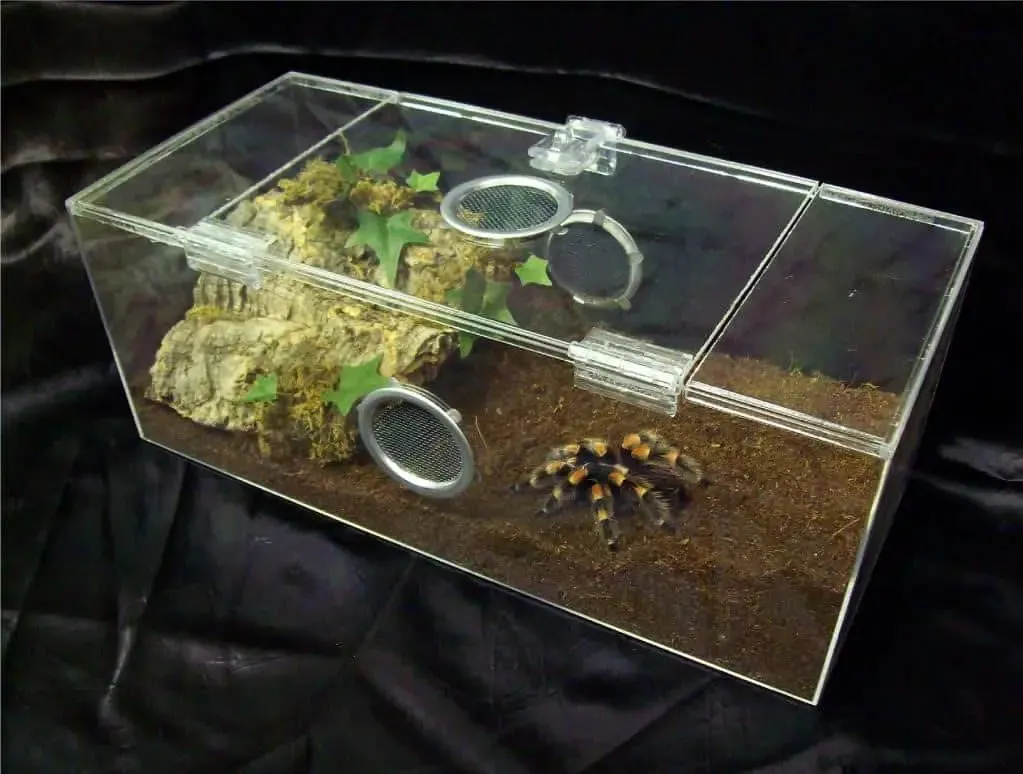
Knowing the signs of temperature stress is a critical skill for any tarantula owner. A tarantula experiencing temperature stress may exhibit several behaviors, including lethargy, loss of appetite, and unusual positioning. For example, a tarantula trying to escape the heat might move to the coolest parts of the enclosure or hide. If the enclosure is too cold, the tarantula might become sluggish and appear less active than usual. Any noticeable change in behavior should prompt a check of the temperature and immediate adjustment if necessary. Observing your tarantula’s behavior and regularly monitoring the temperature can help you quickly identify and address any problems. Remember that the key to success is attention to detail.
